Navigation,
Refined
Role: Lead UX Designer
Team: Product & Design
Skills: User Research, Planning, Content Design & Testing
Summary
When user engagement and handset conversions began to plateau at giffgaff, I led a strategic redesign of our digital navigation. By using evidence-led IA research, content componentisation, and cross-functional collaboration, we restructured the navigation to better reflect user mental models.
The result was a more intuitive, accessible journey and a £2.9M uplift in handset revenue, with stronger alignment between UX, brand voice, and product discovery.
Situation
giffgaff’s legacy navigation had grown organically over time. Content was siloed, categories were unclear, and core journeys were buried. As a result, users struggled to find what they needed, and conversion metrics, particularly for handset purchases, stagnated.
Task
My brief was to redesign the top-level site and in-app navigation with a clearer structure, content-first logic, and consistent tone, making it easier for users to explore, compare, and convert. It had to work across devices and channels, and serve both new and returning customers.
Action
Conducting IA and Content Research
Ran open and closed card sorts to validate information grouping with real users
Audited existing navigation flows and mapped task completion drop-offs using analytics
Identified inconsistencies in language, category hierarchy, and tone that blocked discoverability
Designing Content-First Navigation
Created component-based navigation content, optimised for clarity and accessibility
Introduced standardised labels and guided browsing patterns using plain language and brand-aligned tone
Partnered with accessibility leads to ensure WCAG-compliant content structures
Collaborating Cross-Functionally
Facilitated navigation workshops with Product, SEO, Research, and Engineering
Co-wrote navigation prototypes in Figma and tested variants through remote usability testing
Collaborated with legal to ensure category copy met regulatory and advertising guidelines
Results
£2.9M increase in handset revenue post-launch
Bounce rate reduced by 18% on key product category pages
Task success for finding top deals improved by 34%
How I Made It Happen
A behind-the-scenes look at strategy, process, collaboration, and what I’d do differently.
Strategic Leadership
I led not only the writing, but also the architecture and componentisation of navigation content, aligning it with the evolving brand voice. I helped product teams understand how content hierarchy and language shape user behaviour, and made content strategy a central part of our redesign process.
Collaboration
I worked with analytics to identify friction points, facilitated multi-team ideation sessions, and co-led critique sessions to validate voice, structure, and flow. These interactions created shared ownership and faster delivery.
Research
I used Card sorting to validate taxonomy, Task-based usability tests to evaluate clarity and Engagement data to prioritise entry points. These insights directly shaped the final IA and language choices.
Process
We prototyped new navigation labels, menus, and microcopy, testing iteratively before rollout. The new structure reduced ambiguity, aligned content with mental models, and significantly improved content findability across device types.
What I’d Do Differently
While the results were strong, future iterations could integrate personalisation or adaptive navigation, based on usage patterns. I would also expand multilingual testing and automate part of the IA update process with CMS metadata rules.








